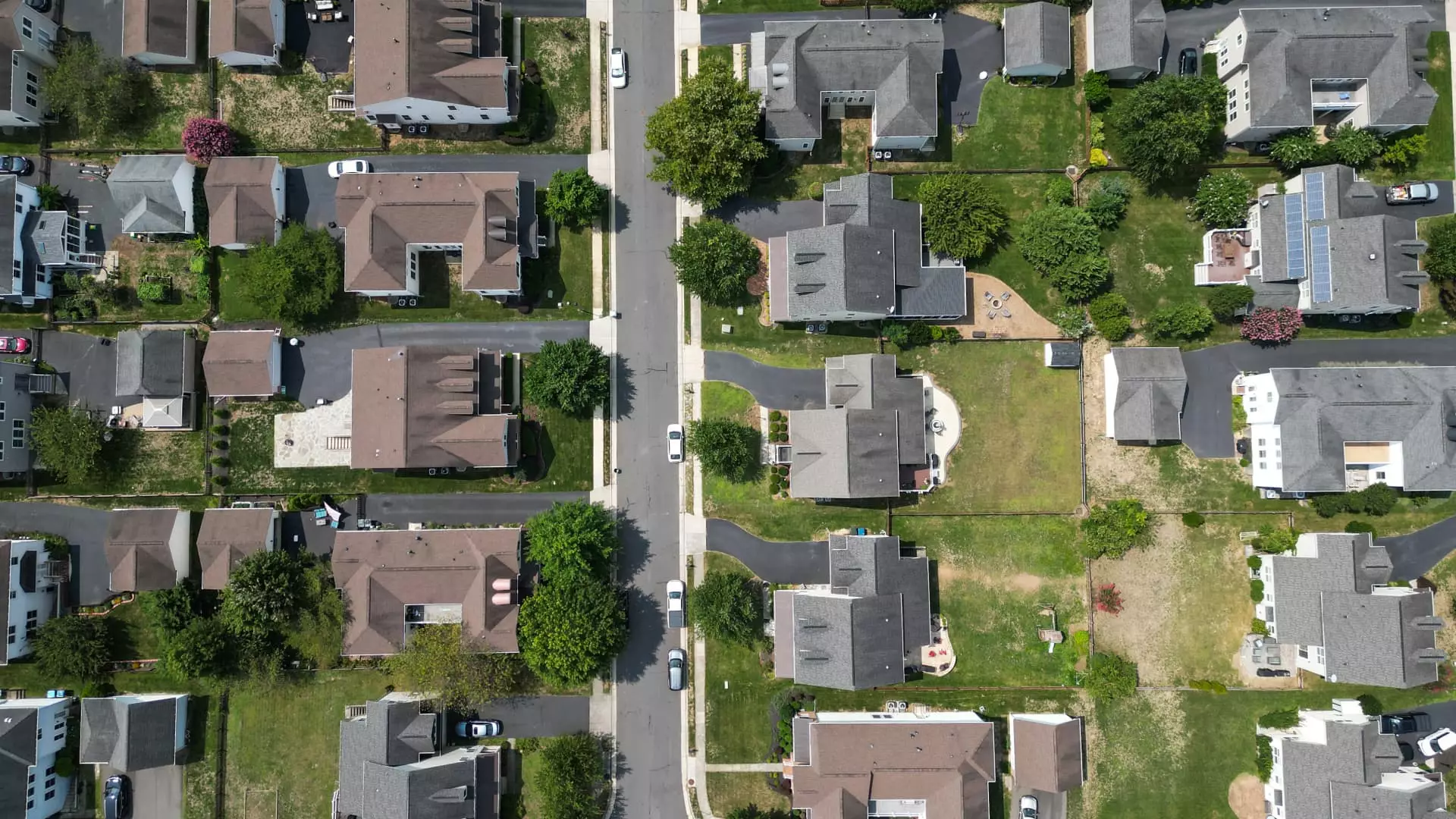Recent data indicates a significant downturn in mortgage demand, with total application volumes dropping by 6.7% last week, according to the Mortgage Bankers Association (MBA). This decline marks the lowest level of activity recorded since July, despite mortgage interest rates remaining static. The average contract interest rate for a 30-year fixed-rate mortgage stands firm at 6.52%, reflecting minimal fluctuations in the market. Points have decreased marginally from 0.65 to 0.64 for loans that require a 20% down payment, thus indicating a stabilizing environment for borrowers.
A notable aspect of the mortgage landscape is the continued decline in refinancing applications, which fell by 8% over the week. Interestingly, this figure represents a stark contrast to the same period last year, with refinance activity being 90% higher than it was a year ago when rates were significantly higher—nearly touching 8%. The reasons for the current drop may reflect a market saturation point where many homeowners have already refinanced, thus reducing the pool of potential candidates for new refinance loans.
Purchasing Applications Show Modest Declines
Mortgage applications for home purchases also saw a decrease, dropping 5% week-on-week. However, looking at the broader timeline, there was a slight 3% increase compared to the same week last year, suggesting that the interest from potential buyers remains despite current market challenges. While today’s mortgage rates are more favorable in comparison to last year, housing prices have surged, putting many hopeful homeowners in a challenging position.
The sentiment among potential homebuyers appears cautious as many adopt a wait-and-see attitude ahead of the upcoming presidential election. Agents are noting that while for-sale inventory is beginning to loosen, giving buyers a broader selection of homes to consider, the overall prices remain elevated. This careful approach may reflect an anticipation of policy changes that could impact the housing market, prompting buyers to hold off on their purchasing decisions.
Despite the recent downturn in applications, there are underlying signs that could indicate a shifting market climate. As noted by Joel Kan, an economist at the MBA, the easing of home price growth and increasing inventory presents potential benefits for buyers, especially in conjunction with the current lower interest rates. However, amidst these developments, the mortgage rates have recently seen an uptick, with the average 30-year fixed-rate mortgage climbing by 14 basis points, reaching levels not seen since July, underscoring the necessity for prospective buyers to be vigilant.
While the current mortgage landscape may appear daunting due to declining application volumes, underlying factors suggest a market that is in flux. The blend of improved interest rates, coupled with rising home prices, presents a complex scenario for homebuyers, who must navigate these changes thoughtfully. As we move forward, the external factors influencing this market, particularly political developments and inflation rates, will continue to shape the trajectory of mortgage demand and real estate activity.

